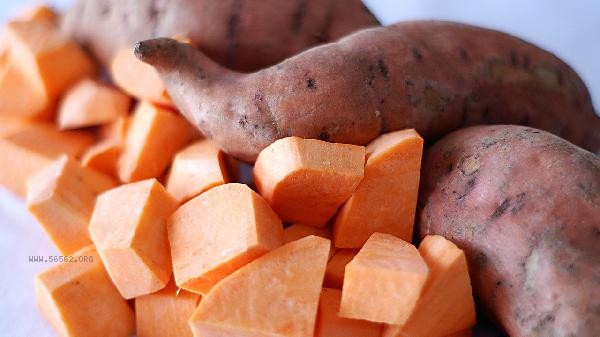The nutritional value of taro and sweet potato has its own emphasis, with taro having more prominent potassium and dietary fiber content, while sweet potato is rich in carotene and vitamin C. Both foods are high-quality staple food choices, and specific choices should be based on individual nutritional needs. The starch granules of taro are smaller and easier to digest, making it suitable for people with weaker gastrointestinal function. Its mucin protein helps protect the gastric mucosa, and its rich potassium element is beneficial for regulating blood pressure. The dietary fiber content is higher than that of ordinary staple foods, which can promote intestinal peristalsis. But taro contains a lot of calcium oxalate crystals, which may irritate the throat when eaten raw and needs to be thoroughly cooked before consumption. Special populations such as those with renal insufficiency need to control their intake and avoid potassium accumulation. The orange yellow flesh of sweet potatoes contains a large amount of beta carotene, which is converted into vitamin A in the body and is particularly important for vision protection and skin health. The vitamin C content reaches the level of some fruits and has antioxidant effects. Sweet potatoes have a relatively low glycemic index, and the presence of components such as dehydroepiandrosterone may help regulate metabolism. Purple sweet potato varieties also contain plant active substances such as anthocyanins. It should be noted that sprouting sweet potatoes may produce solanine, and consumption should be avoided when black spots appear on the skin.

It is recommended to consume two types of ingredients alternately according to the season, and the steaming method can maximize the retention of nutrients. Combining moderate amounts of protein foods can improve nutrient utilization, and those with gastrointestinal sensitivity should start with small amounts. Maintaining food diversity is more meaningful than comparing nutritional value alone, and both can be used as alternative choices for some staple foods in daily diet.










Comments (0)
Leave a Comment
No comments yet
Be the first to share your thoughts!